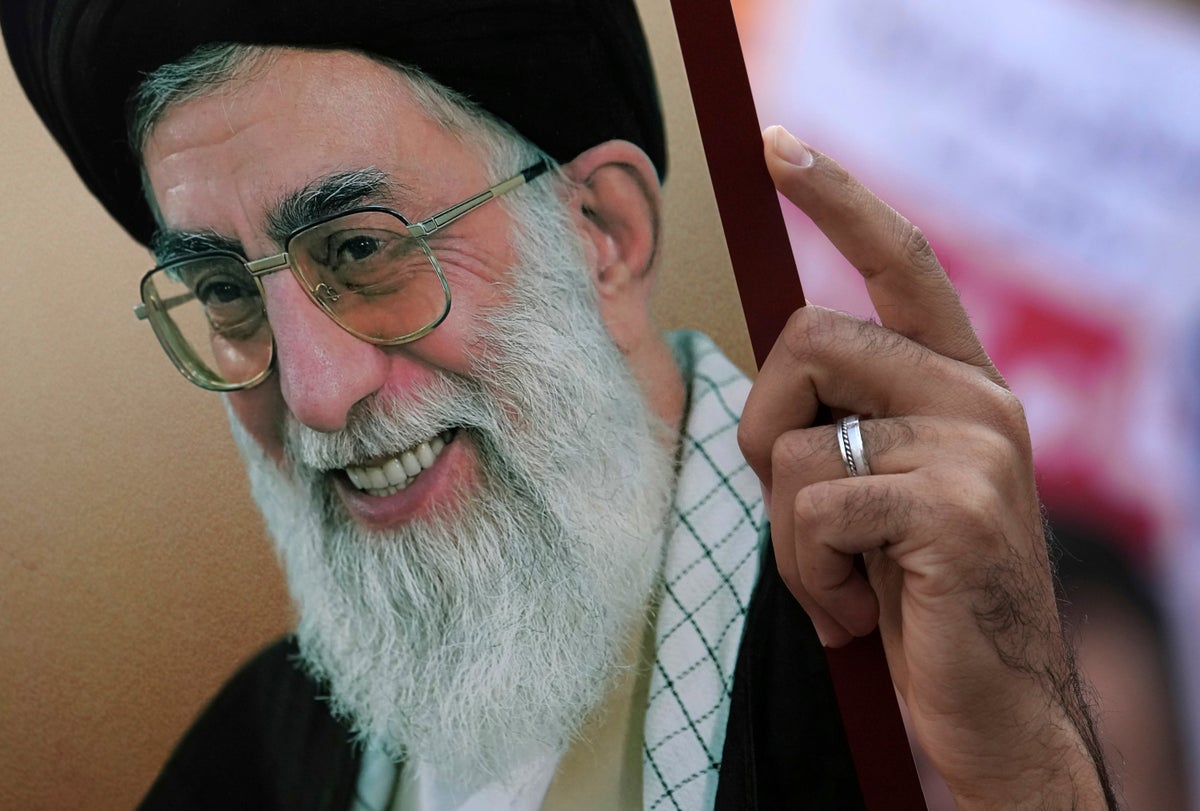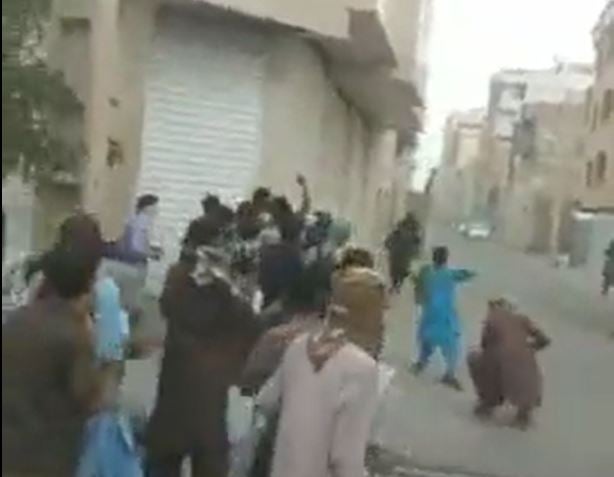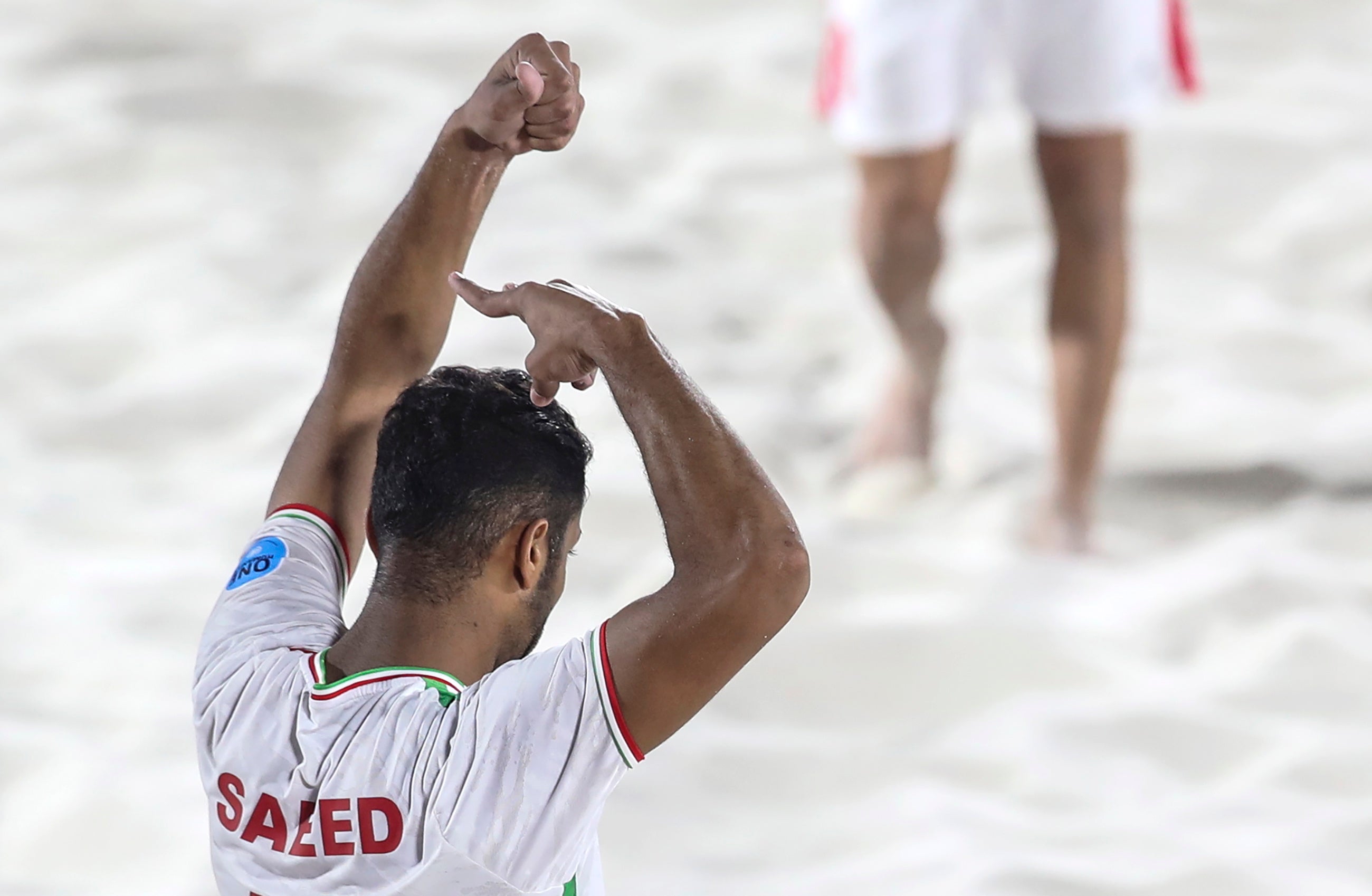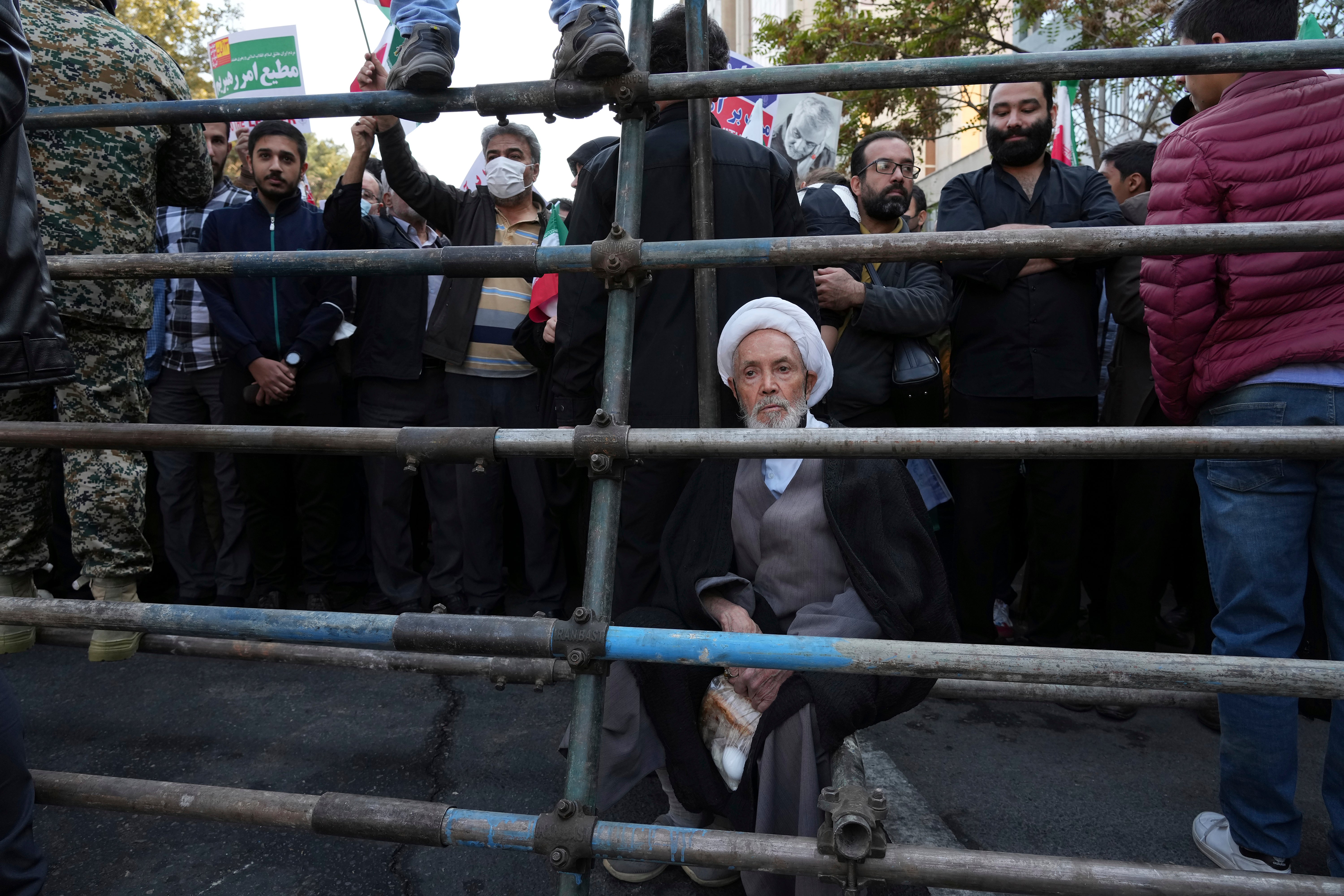
Fractures are appearing within Iran’s ruling political elite over a nationwide popular uprising that has lasted more than seven weeks and challenged the Islamic Republic like rarely before in its 43 years of existence.
The rifts so far are less potentially cataclysmic than the splits that appeared within the political and clerical ruling classes following the 2009 outpouring of popular mass protests triggered by the disputed reelection of a hardline president. It also remains unclear whether any moderation in tone reflects shifting policy or empty gestures by a spooked leadership aimed at calming tempers and slowing down protests.
“I hope security will be completely restored in the country soon, so that legitimate and necessary changes would begin to establish a new kind of governance in economic, social and political areas within the frameworks of the Islamic Republic,” the parliamentary speaker Mohammad Bagher Ghalibaf, a hardliner, was quoted as saying this week just days after he called for crushing the protests.
Analysts say shifts are significant, showing the protest movement is having a measure of success in sowing confusion, panic and discord within the top ranks of a regime that is dominated by hardliners. There are also signs that the regime is beginning to reckon with the protesters as a legitimate social force.
“You can see that there are some voices that are not necessarily calling for a change in legislation but in the way the law is being practised,” said Raz Zimmt, at Tel Aviv University’s Alliance Centre for Iranian Studies. “I wouldn’t be surprised that we could see more and more voices.”
The protests, ignited by the death in custody of 22-year-old Mahsa Amini, pit a leaderless movement made up mostly of youth against an ageing, ultraconservative political and clerical ruling clique that has purged moderates from its ranks.
Thus far the regime has resorted almost exclusively to violence to quell the unrest, refusing to consider key opposition demands such as removing or relaxing the hijab law that prompted Amini’s arrest at hands of the morality police but has expanded to include expanded political and social freedoms and economic improvements. At least 319 protesters have been killed and some 15,000 have been arrested in the unrest, according to Hrana, an Oslo-based human rights group.
A statement reportedly approved by 227 members of parliament called for officials to pursue the capital punishment against captured protesters, and the judiciary on Tuesday reiterated calls for prosecutors to pursue charges that carry the death penalty against protesters.
But even within the hardliners in control of the apparatus of state, voices of dissent and concern have emerged.

Reformist newspapers have cautiously given voice to public calls for changes from moderates, including Hassan Khomeini, the grandson of the Islamic Republic founder. “It is better to listen to the people,” he was quoted as saying in an interview. And even tightly controlled state television has allowed a few moderate voices on air.
Analysts noted that the statement by lawmakers calling for the death penalty against protesters included no names of parliament members, suggesting caution among the ranks of the elite. Neither the supreme leader Ali Khamenei nor the country’s president, Ebrahim Raisi, have given a full throttled approval of the crackdown.
“Raisi is sweeping this thing to Khamenei, and Khamenei is sweeping it over to Raisi,” said one Tehran political science researcher. “They are just shuffling this thing to the other one.”
This week, a conservative member of parliament from the city of Tabriz, the site of some of the most raucous protests in Iran, called for the government to respond to public dissatisfaction. “What has happened was not only the result of the death of Ms Mahsa Amini,” Ahmad Alireza-Begi said in an interview with the Iran Observer. “What happened to this lady was the spark that lit up an accumulation of people’s demands, which brought us bitter and harmful results.”
Elsewhere, the cleric Mostafa Rostami, the supreme leader Ali Khamenei’s own envoy to the nation’s university system, acknowledged that a majority of people surveyed supported the protests, though he claimed that only a small number cited the hijab rules as the reason for their discontent. “We have to acknowledge there are a number of fundamental problems in our society,” he said in a speech earlier this month.

Ali Rabei, a former spokesman for ex-president, Hassan Rouhani, warned in a piece in the newspaper Etemad that hardliners “were exerting maximum pressure to disrupt the efforts of mediators between the government and the protesters”.
In a strong show of dissent, Iran’s top Sunni Muslim cleric, Molavi Abdolhamid, on Friday called for a nationwide referendum on the future of the country, prompting outrage from Revolutionary Guard leaders. “People have been protesting for nearly 50 days,” he said during a sermon in the country’s southeast, where security officials have gunned scores of protesters in weeks of unrest. “They have bled and suffered deaths. You cannot push them out.”
This week several prominent Iranian conservatives and a former ambassador to Moscow also publicly criticised controversial sales of weapons to Russia that have been used against Ukraine, where they have been targeting civilians. Iran first denied the sales, then claimed they were sold before the war began, a claim disputed by Kyiv.
Shows of dissent by regime leaders and small steps by authorities to acknowledge public demands will likely do little to appease a protest movement seemingly determined to topple the Islamic Republic. Mr Khamenei appears to have long believed that bowing to public pressure would only open the floodgates to even more expectations of change.
“The question remains how far they can go,” said Mr Zimmt. “They might be concerned that if they agree to any practical change it might lead to further demands, such as segregation of men and women and political prisoners. There is a limit to what they can do.”
Inside Iran many have described a severe disconnect between the leadership and the protesters. The regime has mostly maintained a united front against the protesters, with few signs of dissent within the security forces.

“It’s like the leaders are in their own cult, and don’t even hear what the other side is saying,” said the Tehran political science researcher. “They don’t understand each other. The leadership is not among the people. They’re not on the same social media channels. They don’t do their grocery shopping with the people.”
But the appearance of cracks could be a crucial step toward peeling away layers of the elite in what some expect to be a months or years-long uprising.
“It will be impossible to return to what it was 50 days ago,” said Mr Zimmt. “It’s very unlikely that the same enforcement of Islamic codes or the same repression. We will see some change. I am not sure they can do that right now.”







